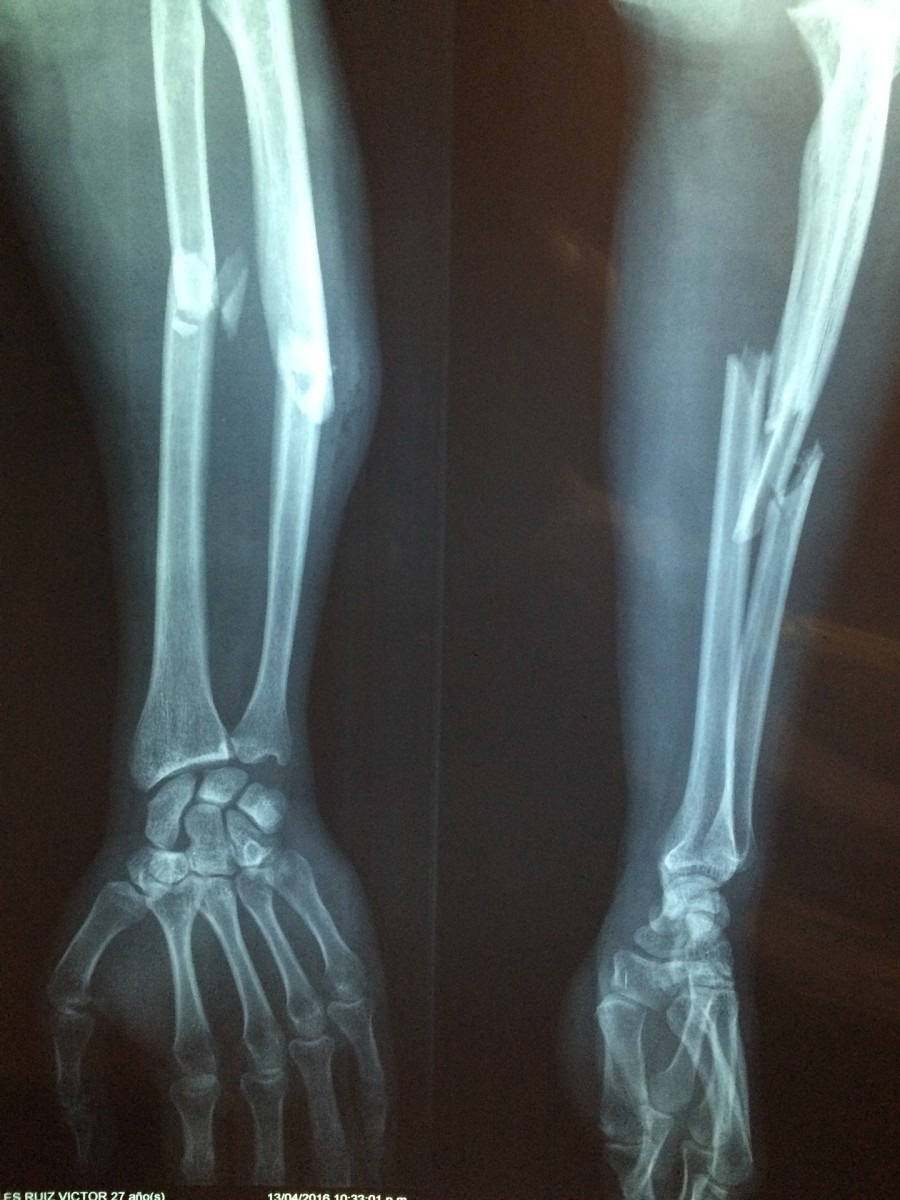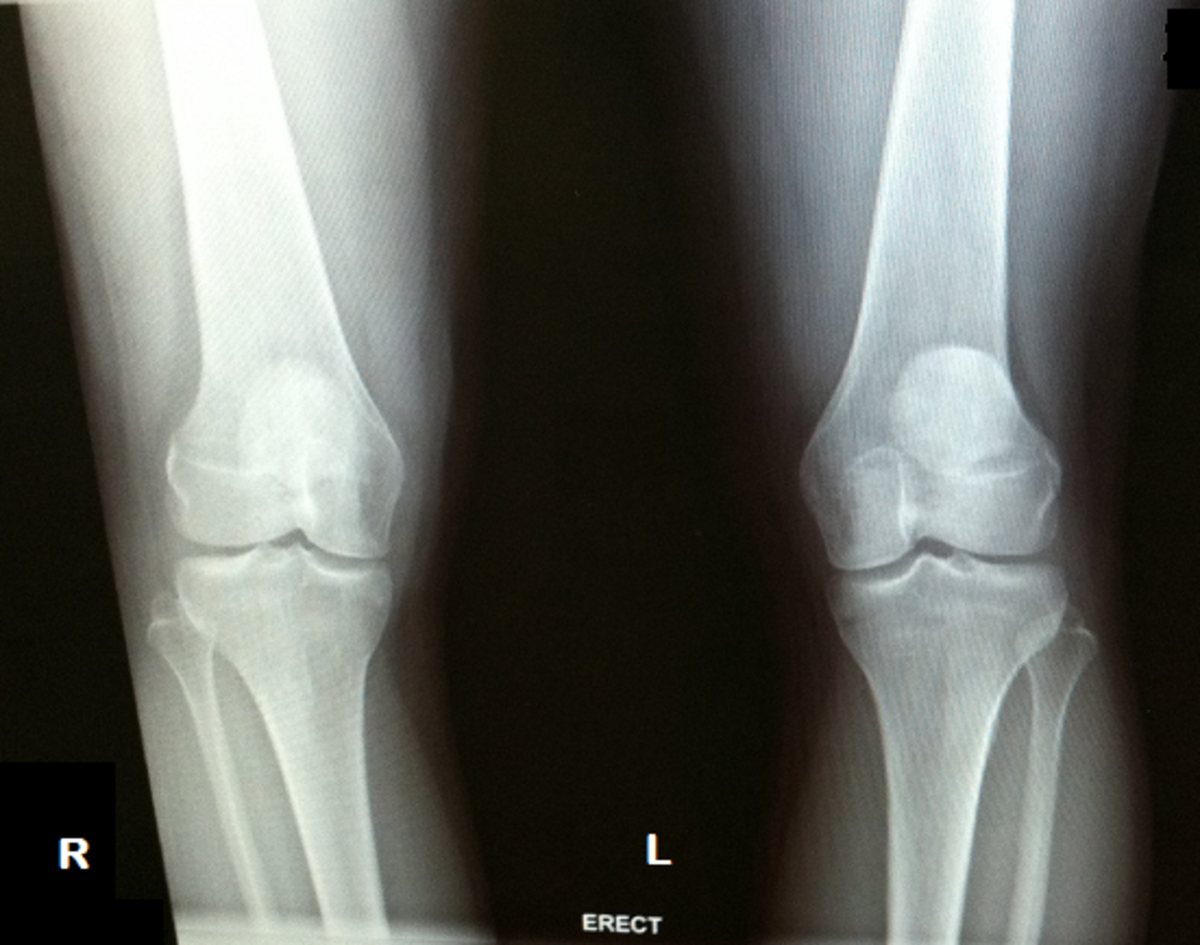Calcium, Vitamin D and Osteoporosis
What is osteoporosis?
Most people have heard of, or know of someone who has osteoporosis. Osteoporosis is a condition where bones become more brittle and fragile, making them more likely to fracture. Fractures result in serious health consequences, and are a major cause of disability, pain and in some cases even death in the older population. Hip fractures are the most harmful, and other bones that commonly experience fractures include bones in the spine (vertebra), pelvis, ribs, wrist and upper arm.
Can Osteoporosis Be Prevented?
It is possible to prevent or delay the development of osteoporosis. Consuming adequate calcium in your diet, getting suitable amounts of vitamin D, and undertaking regular exercise are all important factors that can help to prevent or delay the development of osteoporosis. These treatments are also used in people who have already developed osteoporosis.
How Does Calcium Work?
Essentially, calcium is what makes bones “strong”, with bones acting as a storage facility for calcium. Calcium remains in the bones until signals from certain hormones and other factors send signals telling calcium to leave bones and enter the blood stream to leave the body via the kidneys. This process is called bone “resorption”, and this turnover of calcium into and out of bone is a normal process. Maintaining adequate dietary calcium intake is important to ensure that excessive bone resorption does not occur, otherwise this leads to weak, osteoporotic bones that are more likely to fracture.
What does vitamin D do?
Vitamin D optimises the absorption of calcium from the digestive tract and is involved in regulating the bone resorption process. Essentially, without vitamin D, calcium can’t do its job properly, so adequate intake of both is necessary for osteoporosis prevention.
How much calcium is needed for strong bones?
This depends on your age, other medical conditions and whether you are taking some particular medications. However as a general guide, for adults <70 years of age, 1000mg of calcium daily from all sources is recommended. For postmenopausal women, the requirement increases to 1300mg daily.
What are the recommended vitamin D intakes for adults?
As a general guide, the following are recommended daily intakes.
Adults <50 years old: 200 IU (IU = international units) (= 5 micrograms)
Adults 51-70 years old: 400 IU (= 10 micrograms)
Adults >71 years old: 600IU (= 15 micrograms)
What are good sources of calcium and vitamin D?
Calcium is found in a number of foods, particularly dairy products. For example milk, yoghurt, cheese are rich in calcium. Read food packaging labels to determine how many milligrams of calcium is in the product. There are a range of calcium fortified products on the market to cater to those who are vegans or lactose intolerant. There is also huge range of calcium supplements available, for those who aren’t able to meet calcium intake requirements through their diet alone.
Vitamin D is found in a limited number of foods, (eg.fortified milks, fatty fish) and mainly comes from exposure of the skin to sunlight. If you live in a sunny climate, chances are if you go outside for 30 minutes a day your vitamin D levels are most likely to be normal. However if you’re always indoors or live in a climate that doesn’t experience much sunlight, see your doctor and get your vitamin D levels tested. If you are deficient, there are a range of vitamin D supplements on the market that will enable you to meet your daily needs. Most people are unable to meet vitamin D needs from dietary sources alone because of the limited number of foods in which vitamin D is found.
How is Osteoporosis Managed?
Osteoporosis can be effectively managed these days due to the availability of medications to help prevent fractures. There are also a number of fracture prevention programs that involve exercises to help strengthen bones and muscles to reduce falls risk and therefore reduce the likelihood of experiencing a fracture. Discuss your osteoporosis management with your doctor, and ask about your individual calcium and vitamin D needs.








